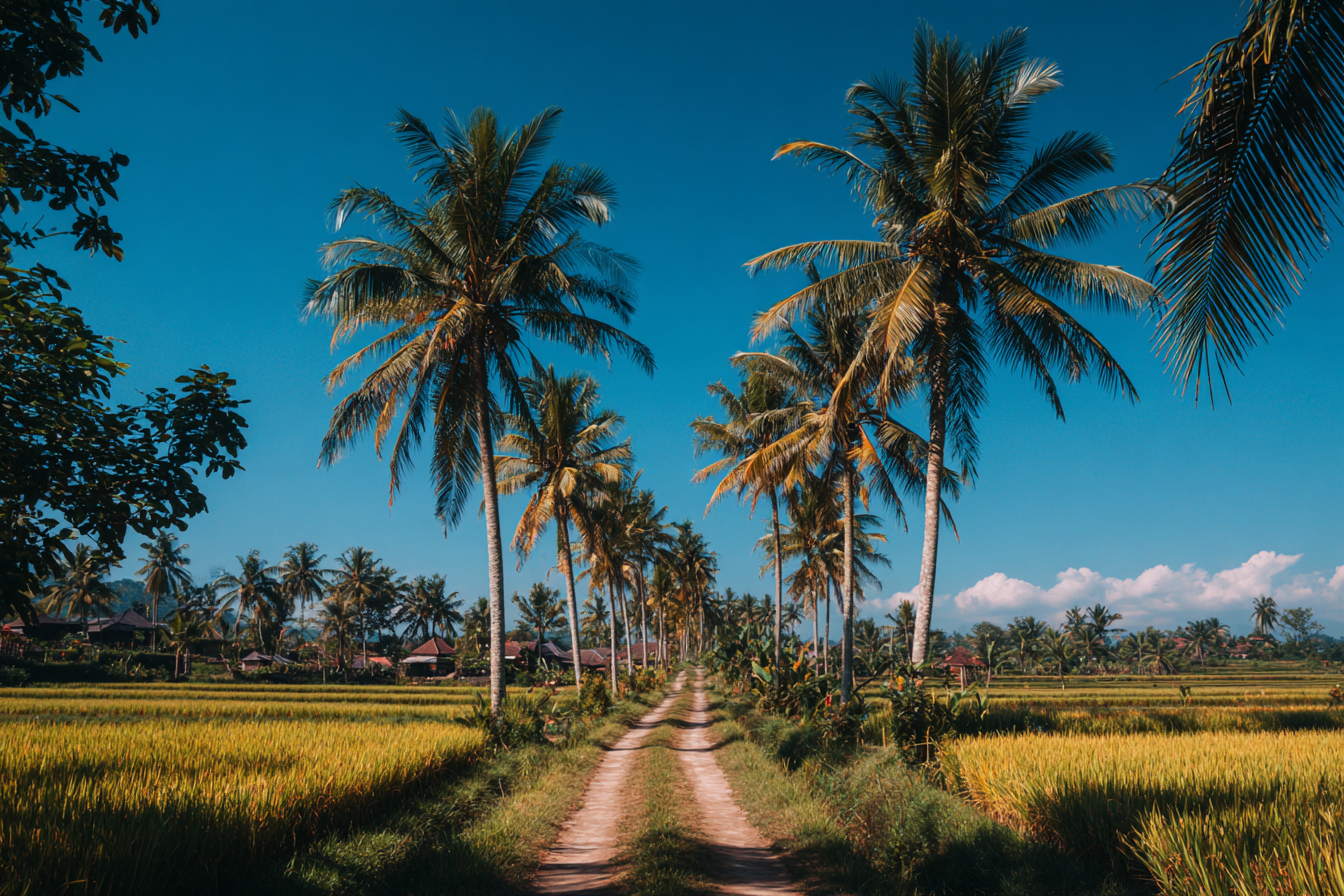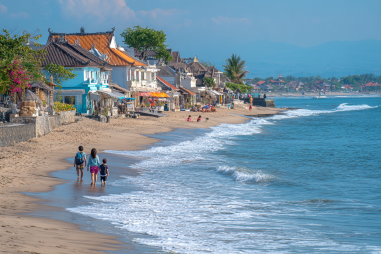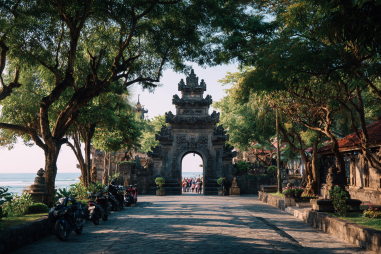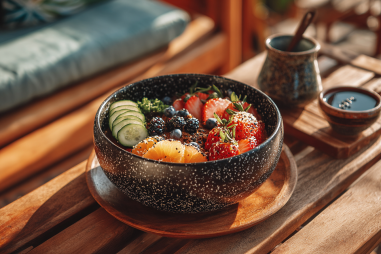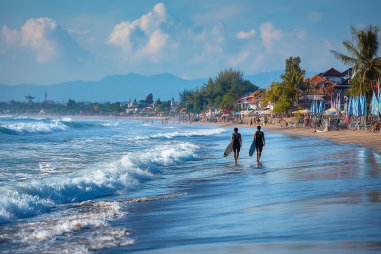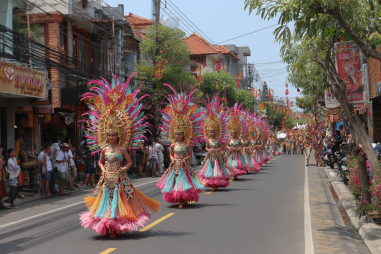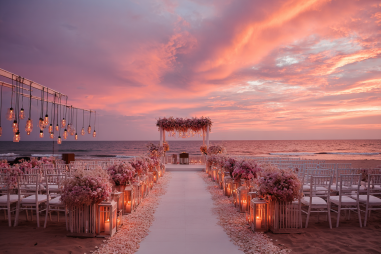Planning a trip to Canggu, Bali’s trendy surf town, means understanding its weather and climate. From sun-soaked beach days to occasional tropical downpours, the weather plays a huge role in shaping your experience. Whether you’re chasing the perfect wave, exploring the lush surroundings, or enjoying vibrant local festivals, knowing when to visit and how to pack can make your trip far more enjoyable. Let’s dive into everything you need to know about Canggu’s climate and how it affects your travel plans.
Overview of Canggu’s Tropical Climate
Canggu enjoys a classic tropical climate, characterized by warm temperatures year-round and distinct wet and dry seasons. Located on Bali’s southwestern coast, Canggu benefits from coastal breezes that help moderate the heat, making it a popular spot for surfers and sun seekers alike. Throughout the year, temperatures typically range from comfortable lows around 24°C (75°F) at night to highs reaching around 32°C (90°F) during the day. Humidity is consistently high, adding to the lush green landscapes and vibrant vegetation that surround the area.
Dry Season vs. Rainy Season
In Canggu, the year is broadly split into two main seasons: the dry season and the rainy season. Understanding the differences between these can help you pick the best time for your visit.
Dry Season
The dry season generally runs from April to October and is considered the prime time for travel. During these months, the skies are mostly clear, rainfall is minimal, and the humidity levels are slightly lower. This is perfect weather for surfing, beach outings, and outdoor adventures. The sunny days and pleasant evenings make it easier to explore the town’s cafes, rice fields, and cultural landmarks without worrying about sudden storms.
Rainy Season
The rainy season stretches from November to March. Expect frequent afternoon or evening showers, sometimes heavy but usually brief, often providing a refreshing break from the tropical heat. The increased rainfall nourishes the lush greenery, creating stunning natural scenery and vibrant rice paddies. However, the rain can sometimes disrupt travel plans or outdoor activities. For surfers, the rainy season can bring powerful swells, though the weather may be less predictable overall.
Monthly Temperature and Rainfall Averages
To better understand what to expect, here’s a breakdown of average monthly temperatures and rainfall in Canggu:
- January: Average high 31°C (88°F), rainfall about 200 mm
- February: Average high 31°C (88°F), rainfall about 170 mm
- March: Average high 31°C (88°F), rainfall about 140 mm
- April: Average high 32°C (90°F), rainfall about 70 mm
- May: Average high 32°C (90°F), rainfall about 60 mm
- June: Average high 31°C (88°F), rainfall about 30 mm
- July: Average high 31°C (88°F), rainfall about 20 mm
- August: Average high 31°C (88°F), rainfall about 20 mm
- September: Average high 32°C (90°F), rainfall about 40 mm
- October: Average high 32°C (90°F), rainfall about 90 mm
- November: Average high 31°C (88°F), rainfall about 120 mm
- December: Average high 31°C (88°F), rainfall about 180 mm
This data highlights the clear dry season from June to September, with low rainfall and stable temperatures, contrasting with the wetter months from November through March.
Best Times for Surfing and Outdoor Activities
Canggu is famed for its surfing scene, and timing your visit to catch the ideal waves is crucial. The dry season months, especially May through September, offer consistent swell and offshore winds that create perfect surfing conditions. This period also suits other outdoor interests like hiking, yoga retreats, and beach volleyball due to the pleasant, dry weather.
During the rainy season, surfing remains possible, but conditions can be more variable. Swells can be larger, but sudden rains and rough seas require more experience and flexibility. For non-surfers, it’s a good time to explore cultural activities or indulge in wellness experiences indoors or sheltered locations.
How Weather Affects Local Events and Festivals
Canggu and the wider Bali region celebrate numerous cultural and religious festivals throughout the year. Many of these, such as the Nyepi Day (Balinese New Year) and Galungan, take place regardless of weather, but outdoor festivities and parades thrive during the dry season. If your trip coincides with these festivals, the dry weather enhances the experience, allowing vibrant street celebrations, temple ceremonies, and traditional dances to unfold in open spaces without interruption.
During the rainy season, some events might be moved under shelter or see fewer tourists, which maybe ideal if you prefer a quieter, more local atmosphere during cultural observances.
What to Pack for Different Seasons
Packing smart is key to enjoying Canggu’s tropical climate comfortably. Here’s a simple guideline:
- Dry Season: Lightweight, breathable clothing such as cotton shorts, t-shirts, swimwear, and sun protection like hats and sunscreen. Bring a light jacket or sweater for cooler evenings. Good-quality sunglasses and flip-flops or sandals are essentials.
- Rainy Season: Include a waterproof jacket or poncho, quick-drying clothes, waterproof footwear, and an umbrella. Mosquito repellent becomes especially important during wetter months. A reusable rain cover for your backpack or essentials can protect electronics and valuables.
Tips for Dealing with Humidity and Heat
The tropical environment means humidity can feel intense, especially during mid-day or after rain. To stay comfortable:
- Stay hydrated by drinking plenty of water throughout the day.
- Wear loose, breathable fabrics like linen or cotton to help your skin breathe.
- Avoid strenuous outdoor activities during peak midday heat, opting for early mornings or late afternoons instead.
- Use fans or air conditioning if available to cool down indoors.
- Protect your skin and eyes from the sun’s strong rays by applying high SPF sunscreen regularly and using hats and sunglasses.
Preparing for Weather-Related Travel Delays
While Canggu’s weather is generally predictable, the rainy season can occasionally cause travel disruptions such as delayed flights, muddy roads, or temporary flooding. To avoid stress:
- Allow extra travel time when booking transport or tours, especially in the wet season.
- Check the weather forecast regularly and keep flexible plans to accommodate any sudden changes.
- Consider travel insurance that covers weather delays and cancellations.
- Pack essentials in waterproof bags in case of unexpected rain.
Sustainable Practices Related to Climate
Canggu’s natural beauty relies heavily on mindful interaction with its environment, especially considering its tropical climate. Visitors can contribute to preservation efforts by:
- Reducing single-use plastics and opting for reusable bottles and bags.
- Supporting eco-friendly accommodations and tour operators that prioritize sustainability.
- Respecting local customs and natural habitats, especially near beaches and rice fields.
- Minimizing water usage, particularly during the dry season when resources can be scarcer.
- Encouraging responsible surfing and beach etiquette to avoid damaging coral reefs and marine life.
Planning Your Perfect Trip to Canggu
Choosing when to visit Canggu really depends on your priorities—whether it’s catching the best waves, enjoying sunny beach days, or immersing yourself in cultural festivities. The dry season from April to October offers the most predictable, pleasant weather for outdoor activities and events, while the rainy season provides a lush, quieter experience with a chance to see Bali’s environment at its most vibrant. By understanding the climate patterns and packing accordingly, you can relax and dive into everything this cool surf town has to offer, no matter when you arrive.

